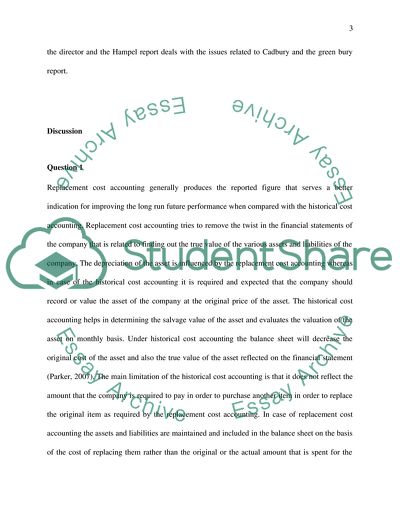Cite this document
(Accounting theory and practice Essay Example | Topics and Well Written Essays - 2500 words, n.d.)
Accounting theory and practice Essay Example | Topics and Well Written Essays - 2500 words. https://studentshare.org/finance-accounting/1856495-accounting-theory-and-practice
Accounting theory and practice Essay Example | Topics and Well Written Essays - 2500 words. https://studentshare.org/finance-accounting/1856495-accounting-theory-and-practice
(Accounting Theory and Practice Essay Example | Topics and Well Written Essays - 2500 Words)
Accounting Theory and Practice Essay Example | Topics and Well Written Essays - 2500 Words. https://studentshare.org/finance-accounting/1856495-accounting-theory-and-practice.
Accounting Theory and Practice Essay Example | Topics and Well Written Essays - 2500 Words. https://studentshare.org/finance-accounting/1856495-accounting-theory-and-practice.
“Accounting Theory and Practice Essay Example | Topics and Well Written Essays - 2500 Words”. https://studentshare.org/finance-accounting/1856495-accounting-theory-and-practice.


